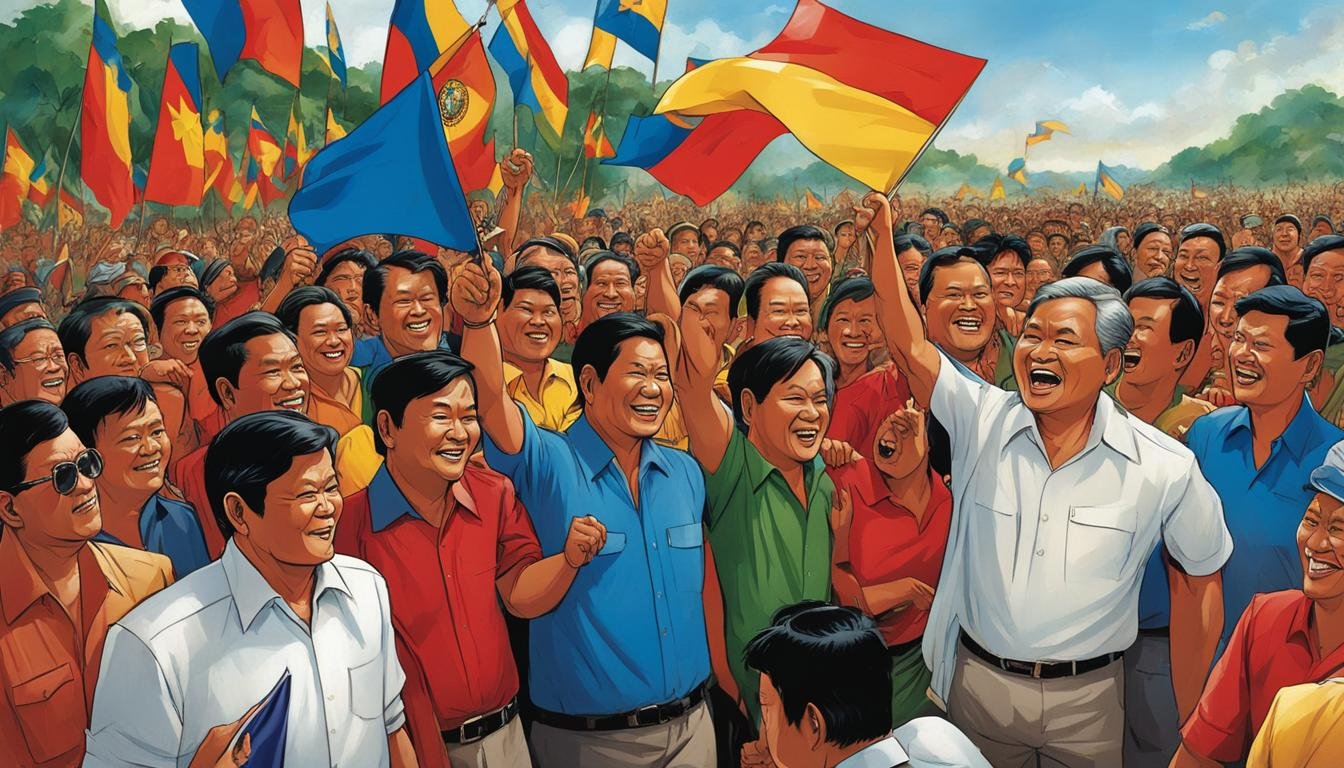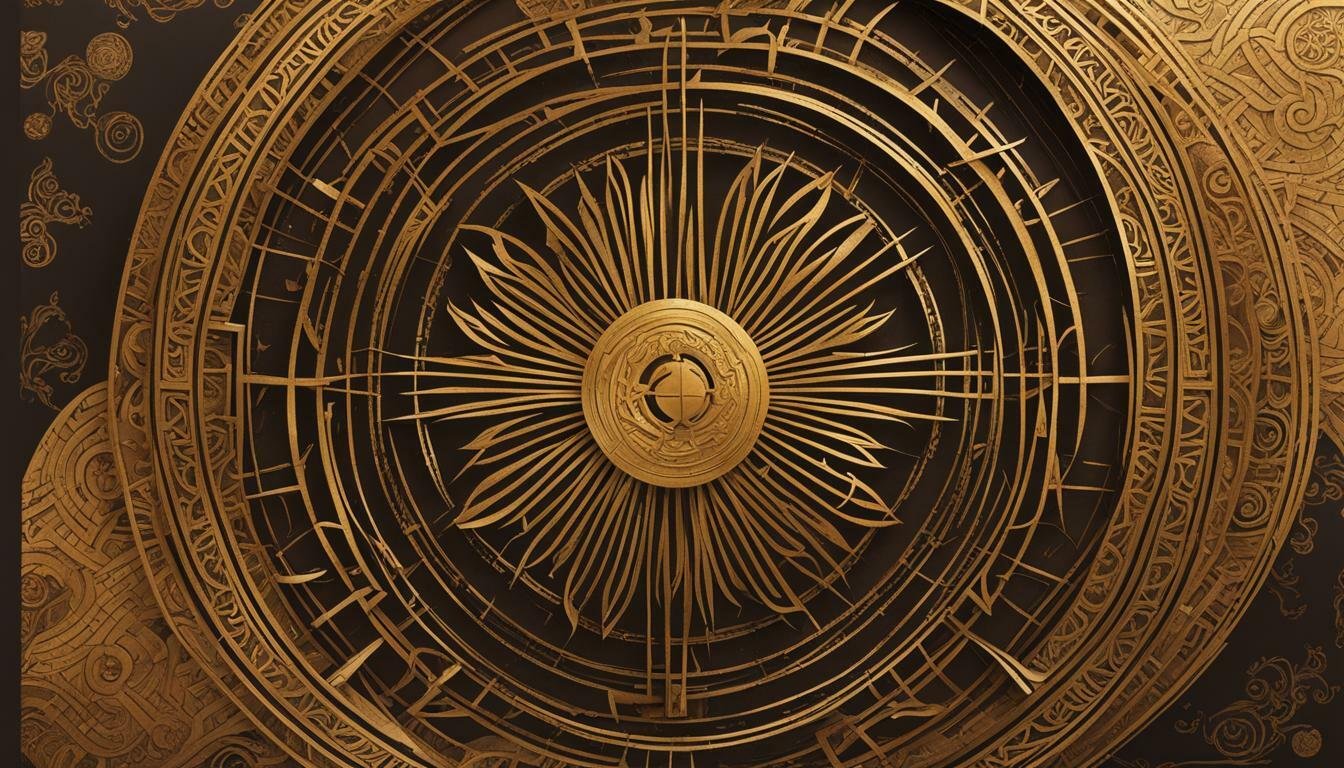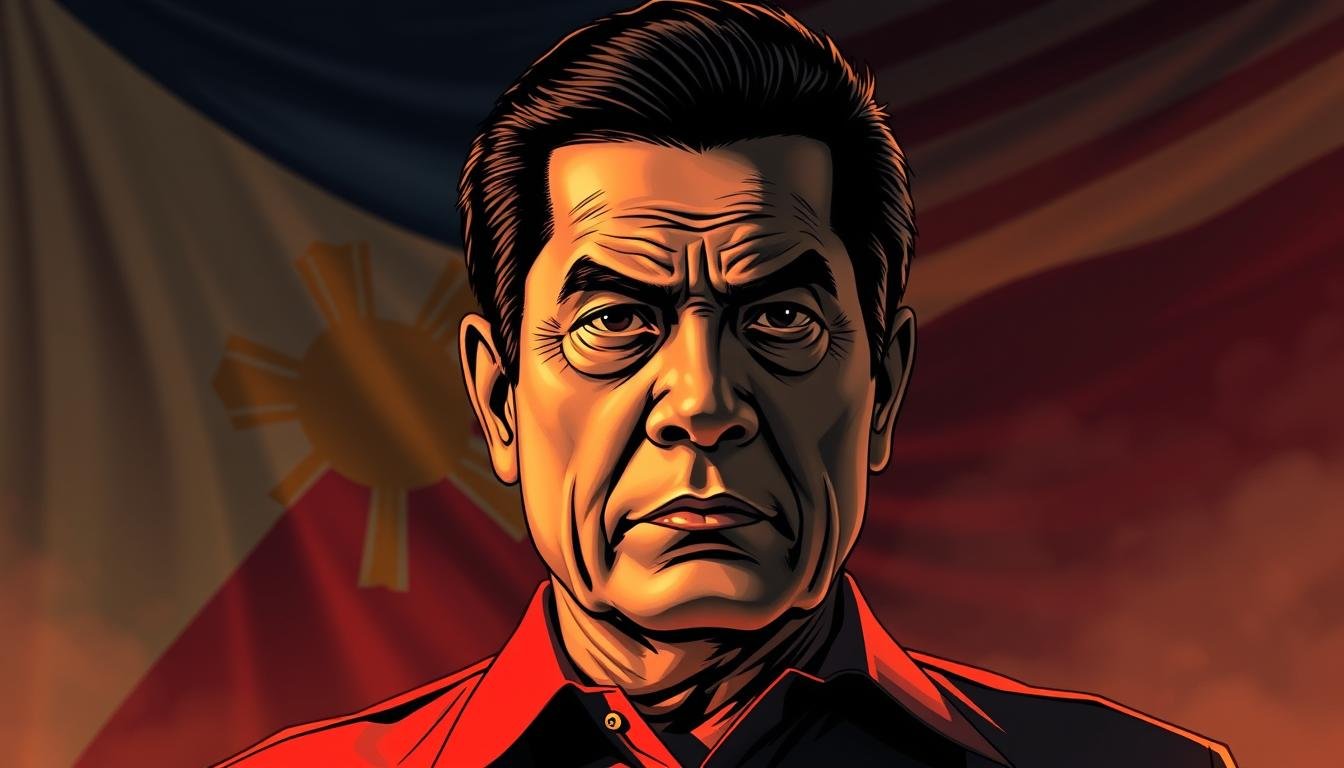The annals of Philippine history are replete with tales of courage, resistance, and the unyielding spirit of its people against centuries of foreign rule. Among these narratives, one stands out for its sheer tenacity and duration: the Dagohoy Rebellion. Lasting an astonishing 85 years (1744-1829), this historical uprising in the Philippines holds the record as…
Tag: Philippine history
The Magsaysay Era: The Golden Age of Philippine Democracy (1953-1957)
The annals of Philippine history are rich with figures and periods that evoke strong emotions and diverse interpretations. Among these, the presidency of Ramon Magsaysay stands out, a relatively brief tenure from 1953 until his tragic demise in 1957, yet often nostalgically referred to as the Golden Age of Philippine Democracy. Was this period truly…
Diosdado Macapagal: The 9th President of the Philippines
The tapestry of Philippine history is woven with the threads of remarkable leaders, each leaving an indelible mark on the nation’s journey. Among these stands Diosdado Macapagal, the 9th President of the Philippines, a figure whose rise from humble beginnings to the highest office in the land continues to inspire. Known affectionately as the “Poor…
The Development of Filipino Protest Music and Art
The declaration of Martial Law in the Philippines on September 21, 1972, by President Ferdinand Marcos ushered in one of the darkest chapters in Philippine History. It was a period marked by the suspension of civil liberties, widespread human rights abuses, stringent censorship, and the stifling of dissent. Yet, paradoxically, this era of intense repression…
The Impact of Martial Law on Philippine National Identity
The Philippines, an archipelago brimming with diverse cultures and a history marked by resilience, carries within its collective psyche the deep scars and complex legacies of Martial Law. Declared on September 21, 1972, through Proclamation 1081, the period under President Ferdinand Marcos dramatically reshaped the nation’s trajectory. Beyond the political and economic shifts, the Marcos…
Tagalog Baybayin: Exploring the Ancient Philippine Script
Imagine a time before Spanish galleons crossed the Pacific, a vibrant era in the archipelago now known as the Philippines. Societies flourished with their own systems of governance, trade, spirituality, and, crucially, writing. Among the most prominent of these was Tagalog Baybayin, an elegant ancient Philippine script used by Tagalog speakers in Luzon. Its delicate…
The Baybayin Writing System
Long before the arrival of the Spanish colonizers and the Latin alphabet that dominates the Philippines today, the islands flourished with unique cultures, vibrant communities, and distinct forms of expression. Among the most fascinating and enduring legacies of this pre-colonial Philippines era is the Baybayin Writing System, an ancient Filipino script that served as a…
Baybayin: A Beginner’s Guide to the Ancient Filipino Script
Unearthing a Written Legacy Imagine a time before Spanish galleons reached the shores of the Philippines, a time when vibrant communities thrived with their own unique cultures, traditions, and even their own systems of writing. Buried beneath layers of colonial history lies Baybayin, an ancient Filipino script that offers a profound connection to the nation’s…
The Development of Filipino Political Theater
Filipino theater history is rich and complex, showing the country’s cultural identity. The Philippines’ mix of indigenous, Spanish, American, and Japanese influences has shaped its political theater. This theater form expresses feelings against colonial rule, as seen in the University of the Philippines Sarsuwela Festival 2009. The cultural importance of sarsuwela performances shows how vital…
The Rise of Ferdinand Marcos: From President to Dictator
Ferdinand Marcos was the 10th president of the Philippines, ruling from 1965 to 1986. His rule was marked by a dictatorship that deeply affected the country. Marcos’s regime was known for its authoritarian rule and human rights abuses, leaving a lasting impact on Philippine history. As a key figure in Philippine history, Ferdinand Marcos’s rise…










